We know that the grading method of coffee beans usually depends on the actual situation of the growing country, such as being divided according to the size of the coffee beans, like Kenyan coffee; being divided according to the altitude, like Blue Mountain coffee; being divided according to the defect rate of the coffee, like Ethiopian coffee.
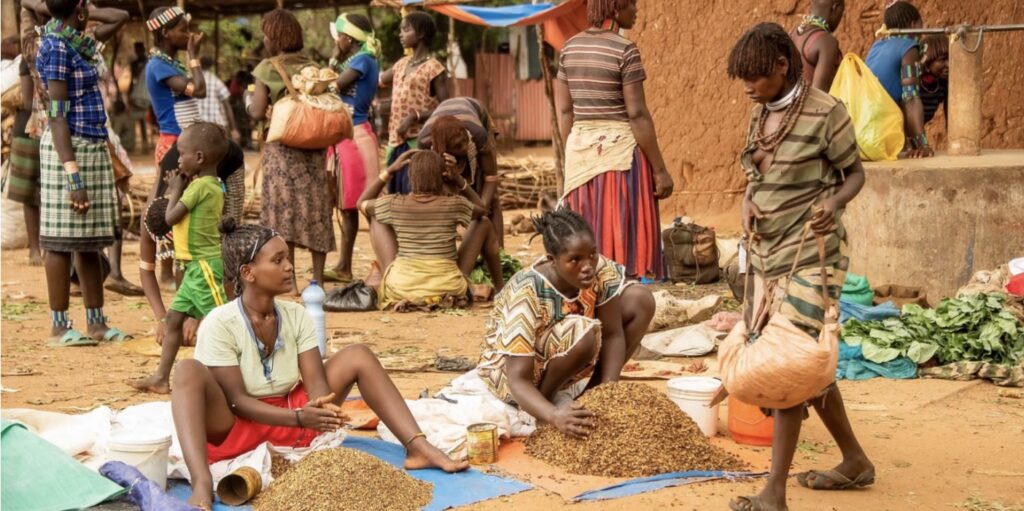
As the origin of coffee beans, Ethiopia has one, a wide variety of coffee varieties, making it difficult to identify. Two, in addition, the local government decides to collectively refer to them as the “Heirloom” native variety in order to protect these unknown varieties and avoid competing for them by practitioners from various countries. The raw beans labeled as native varieties appear to be small in particle size, with varying shapes and sizes, and a relatively rounded appearance.
In Ethiopia, since most of the coffee trees grow in a wild or semi-wild state, when the harvest season arrives, you can see the successively mature coffee fruits in the fields, backyards, and forests. It is common in a coffee forest for dozens of coffee varieties with different shapes mixed together. The farmers do not take the initiative to distinguish these varieties, but instead harvest them in a “mixed” form, and then send the coffee fruits to the nearby processing plants for unified processing. It is precisely because of this “not strict” production and harvest method that Ethiopian coffee beans often appear to be of uneven size and different shapes.
Based on the above situation, it is difficult to grade by the size of the green beans like Kenya when exported, so the Ethiopian government has decided to divide it according to the level of defect rate. The old grading system in Ethiopia (simply graded according to the defect rate of coffee beans) The old grading system in Ethiopia is simply divided according to the number of defects in the coffee beans. Before 2009, that is, before the emergence of the Ethiopia Commodity Exchange (referred to as ECX), the coffee export grades in Ethiopia were formulated by the CLU department under the Ministry of Agriculture, and the coffee beans were divided into five grades.
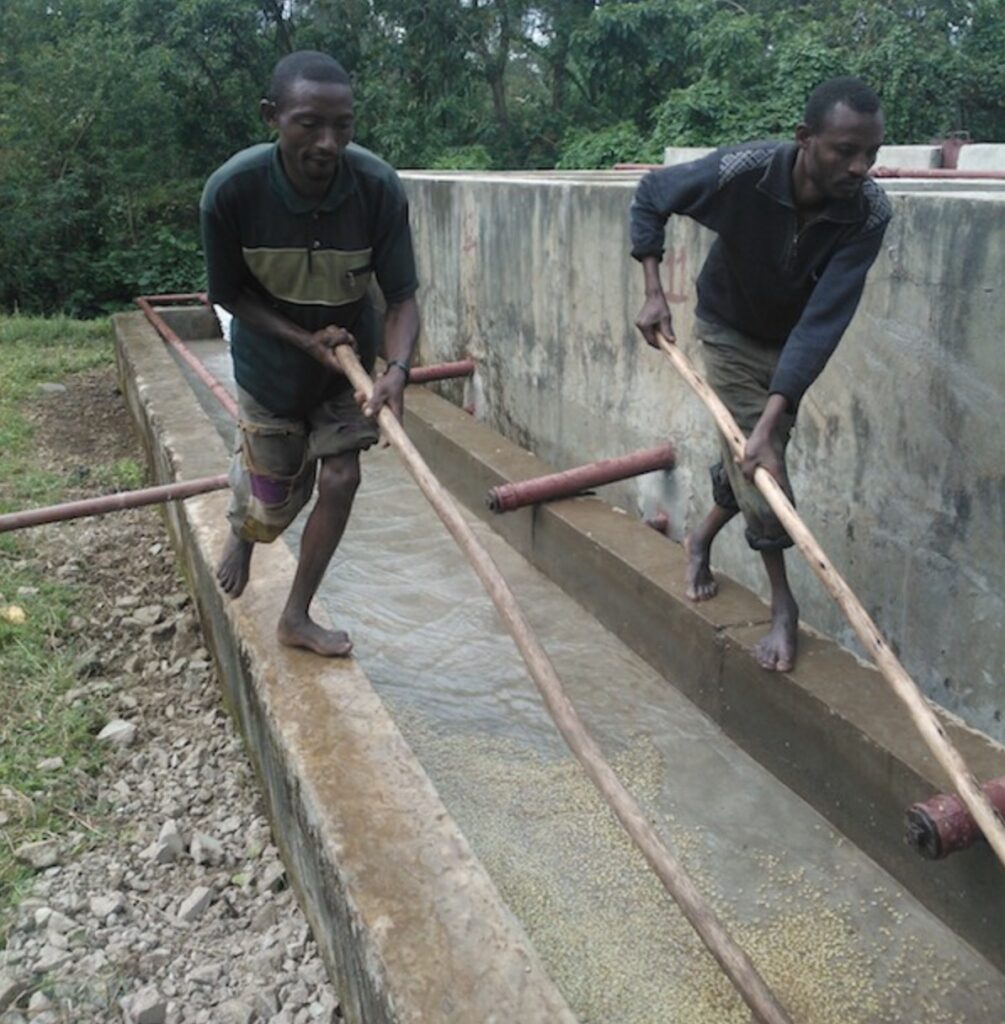
The traditional solar drying treatment is too rough, and each coffee farmer can carry it out in their own small yard, which will directly be laid on the roof, the ground to dry, and the rough method is likely to bring an unpleasant taste, and even mixed with stones, branches, etc., resulting in uneven quality of the coffee. In the 1970s, Ethiopia introduced the washed processing method from Central and South America.Compared with solar drying, washing has an additional process of “flotation”, which is to remove the beans and miscellaneous objects that float on the water surface with insufficient ripeness, to obtain coffee with more stable quality. At that time, only the washed beans could achieve the G1 or G2 grades, and the solar-dried beans were usually in the G3 or lower grades.
Grade 1, that is, the G1 grade represents that the number of defective beans in 300g of washed beans contains 0-3;
Grade 2, that is, the G2 grade represents that the number of defective beans in 300g of washed beans contains 4-12. The new grading method of ECX (graded according to the defect rate of coffee beans and the comprehensive score of cup testing)
In October 2009, with the endorsement and witness of the Specialty Coffee Association of the United States and the Specialty Coffee Association of Europe, Ethiopia officially launched the new grading system of the Ethiopian Commodity Exchange.
On the basis of the original defect rate grading, it also needs to be comprehensively rated according to the score of the cup testing. Solar-dried beans will not only be in the grades of G3, G4, and G5. As long as the solar-dried beans are evaluated by ECX cup testers, the high-quality solar-dried beans can also be crowned with Grade 1 and Grade 2, breaking the “convention” that solar-dried beans have not had the first and second grades for half a century. Nowadays, the Grade 1 and Grade 2 solar-dried batches of Ethiopian coffee beans are often seen on the market, while G3 has slowly started to become less and less.
ECX defines all the coffee according to the processing method: solar drying and washed processing into three types:
- Specialty coffee: less defective beans, and high flavor and quality in cup testing;
- Commercial coffee: not up to the specialty grade, but higher than the domestic coffee consumption grade;
- Domestic coffee: there are many defective beans (unripe beans), and the flavor is relatively poor due to overdue and poor storage. The washed Yirgacheffe of G1 and G2 grades, how big is the difference? Overall summary:
- All coffee is first classified according to the processing method as: solar drying, washed;
- Each is graded according to the physical characteristics and the basic quality of the cup testing into 9 grades from G1 to G9;
- The G1-G3 is cup tested again according to the SCAA standard, and its flavor attributes are evaluated more precisely. Those with a score of not less than 85 for the G1 and G2 are rated as the Q1 grade;
- Those between 80 and 85 for the G1, G2, and G3 are rated as the Q2 grade, and all the G1, G2, and G3 with scores below 80 are rated as the G3 grade; 5. The Q1 and Q2 are classified as Specialty Grade for export. The G4 – G9 remain the original grades and are classified as Commercial Grade for export together with the G3.
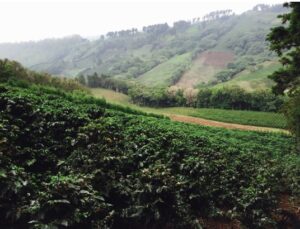
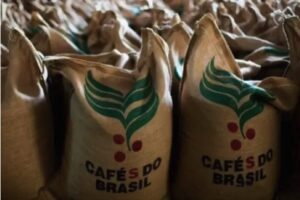
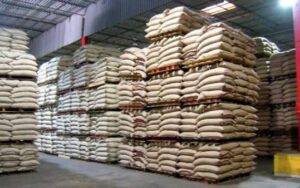
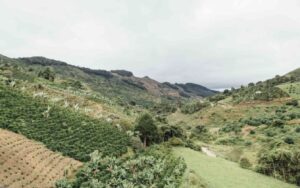
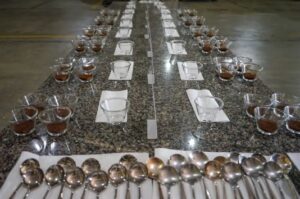

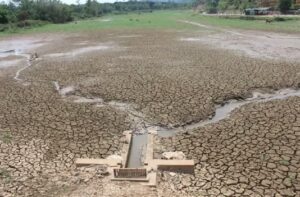
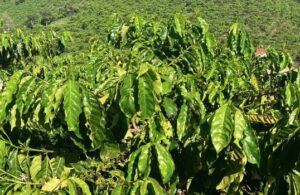


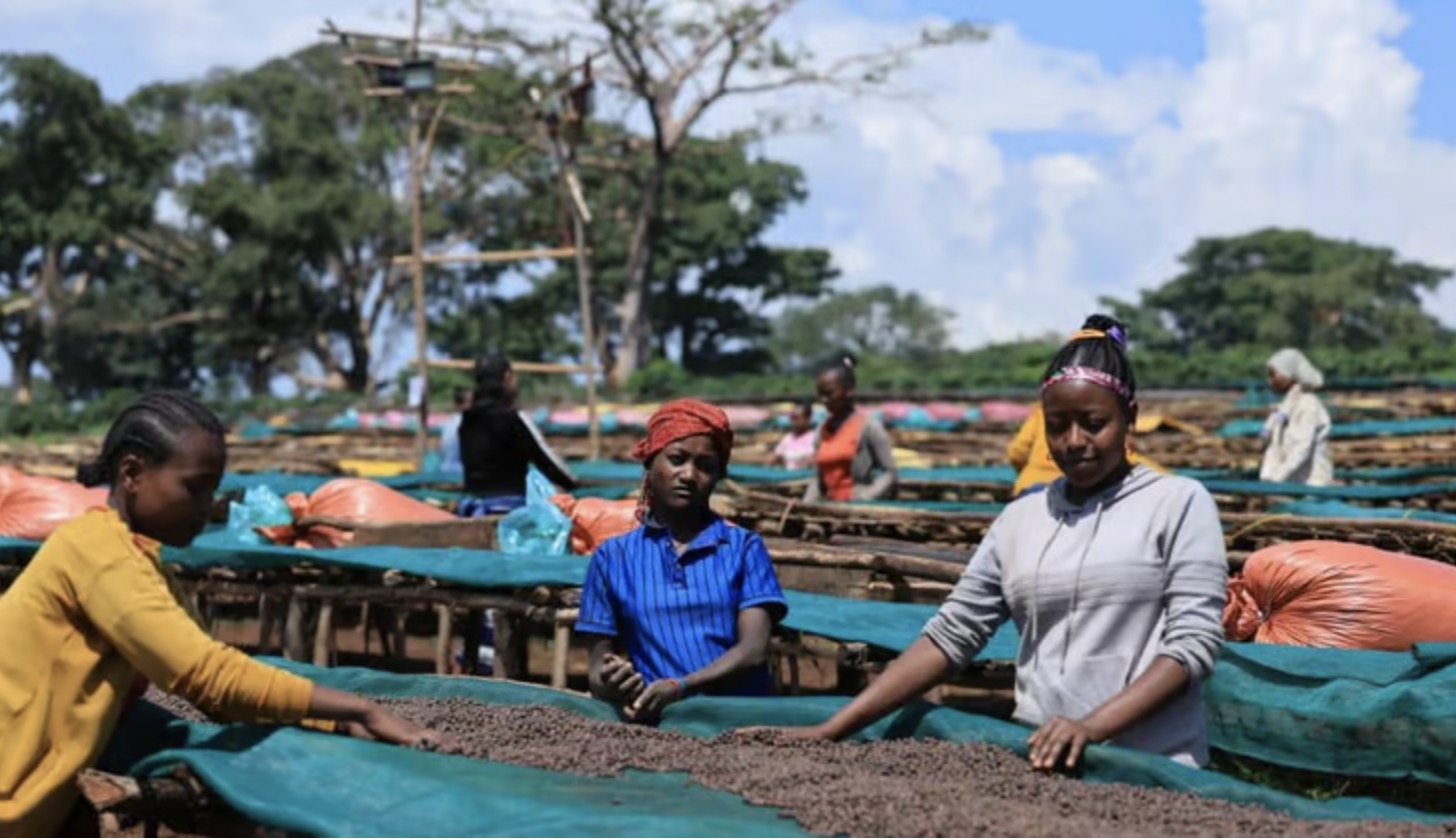
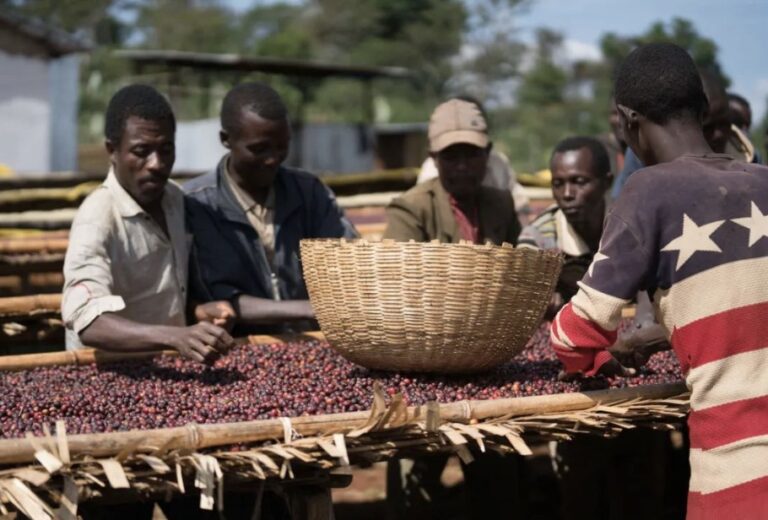
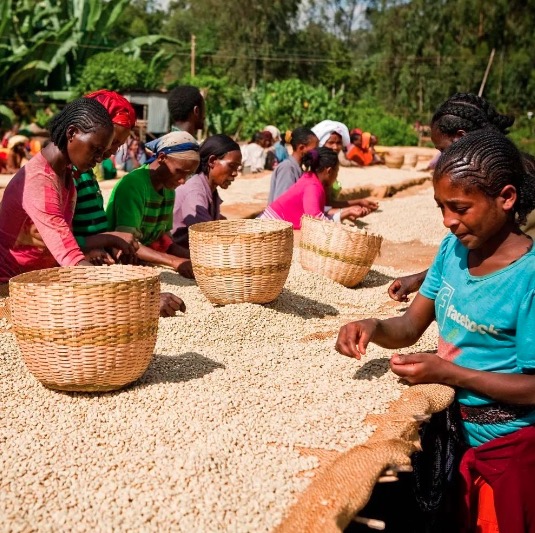
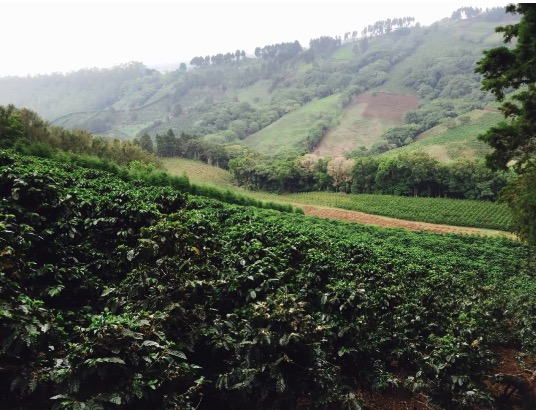
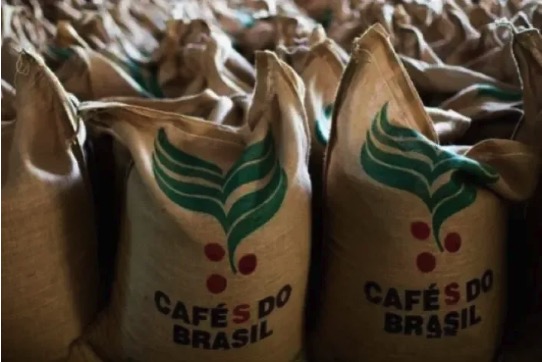
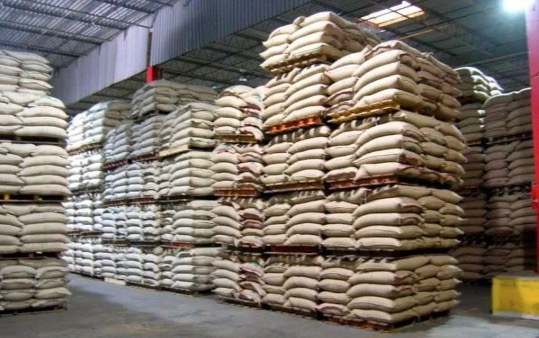
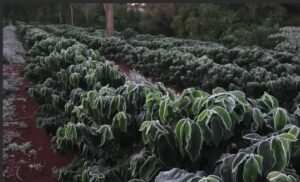
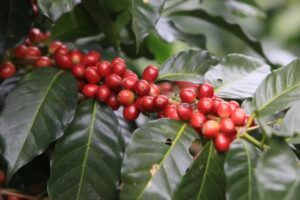
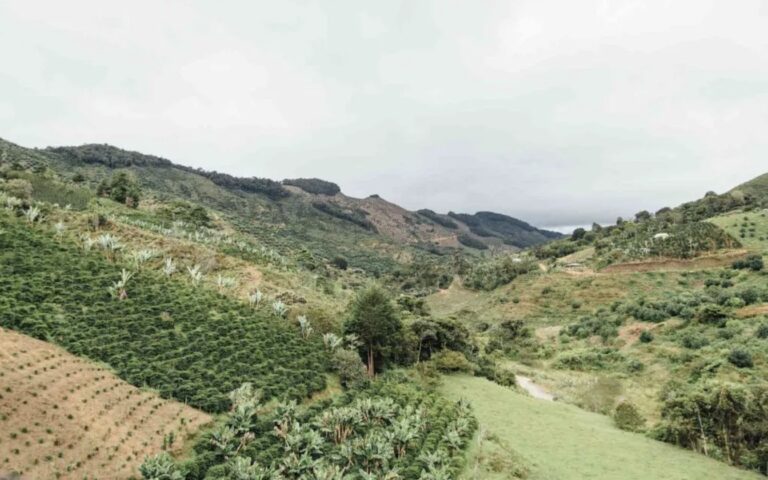
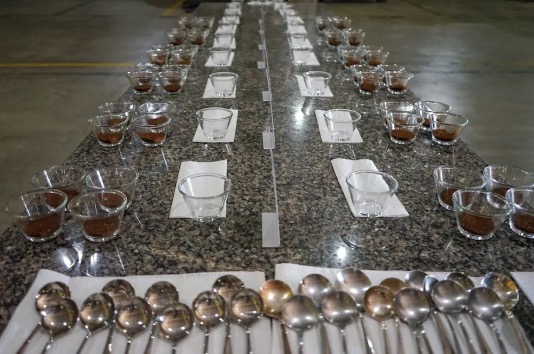

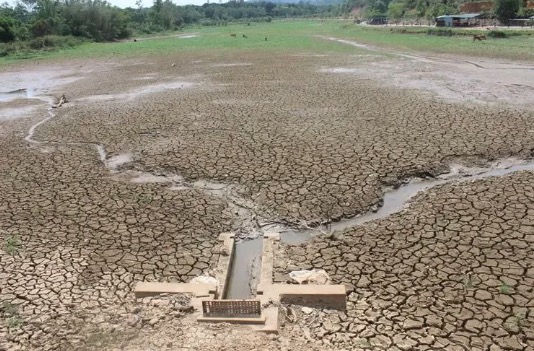
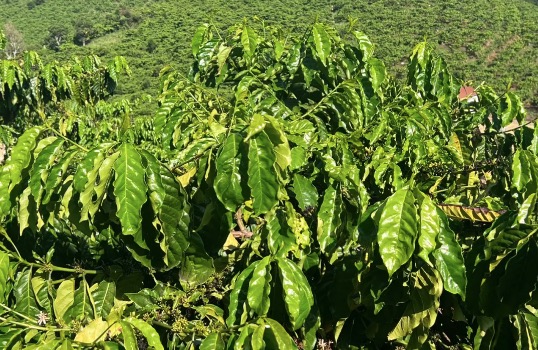
+ There are no comments
Add yours